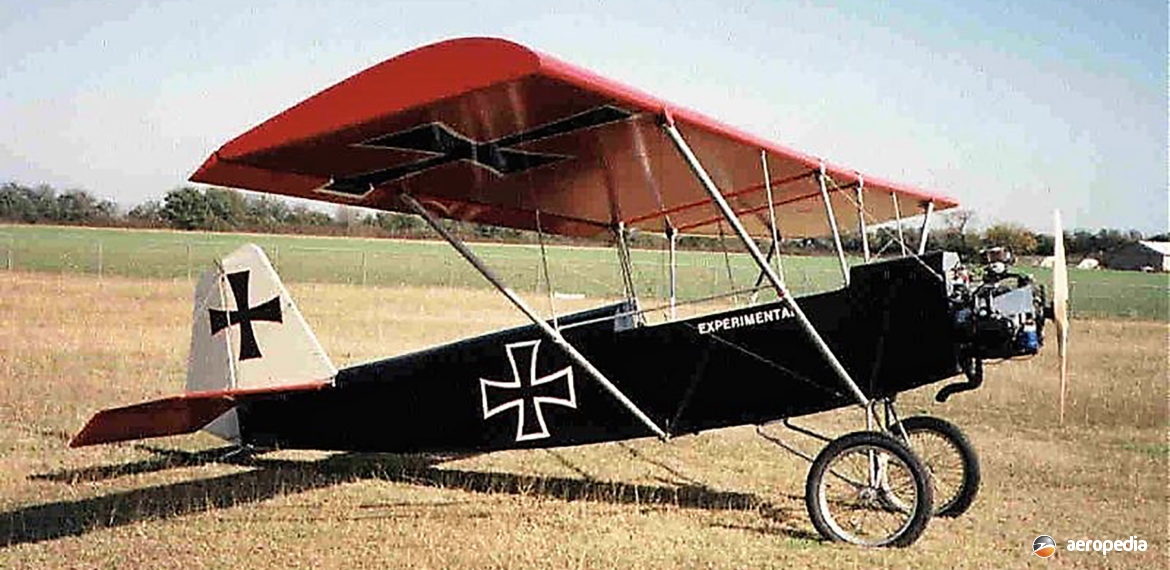Photograph:
An American registered Texas Parasol (lightsportaircraft.com)
Country of origin:
United States of America
Description:
Single-seat parasol-wing light sport aircraft
Power Plant:
One 37 kw (50 hp) Rotax 503UL-2V two-cylinder horizontally-opposed air-cooled engine
Specifications:
- Wingspan: 7.92 m (26 ft)
- Wing area: 11.61 m² (125 sq ft)
- Max cruising speed: 121 km/h (75 mph)
- Service ceiling: 3,658 m (12,000 ft)
- Take-off roll: 61 m (200 ft)
- Landing roll: 91 m (300 ft)
- Empty weight: 114 kg (252 lb)
- Useful load: 113 kg (250 lb)
- Loaded weight: 272 kg (600 lb)
History:
The Texas Parasol was a cheap to build light aircraft designed along the lines of Charles Beeson’s Chuckbird, which was built near San Antonio, Texas. More than 60 examples have been completed. Similar in appearance to the Pietenpol and Heath designs, it was constructed of 6061-T6 aluminium angle and the fuselage tub was fabric covered.
Plans for the Parasol have been available free of charge over the internet and examples have been built around the world. It is said to be patterned after the Pietenpol Sky Scout of the 1930s. Wings are built around aluminium tube spars with ribs routed from urethane, PVC or Styrofoam sheets. Engines vary from Volkswagen conversions, Subaru, Geo, Suzuki, BMW and Xenoa in the 22 kw to 67 kw (30 hp to 90 hp) range. Preferred engines in recent times have been the Rotax 503 or Volkswagen 1600 cc or 1835 cc.
At least one example has been built in Australia and varies from the original design in having a mid wing, being described as a Texas Parasol Midwing, and being registered on 3 March 2014 with Recreation Aviation Austtalia (RAA) as 19-8490 (c/n TMW070).

